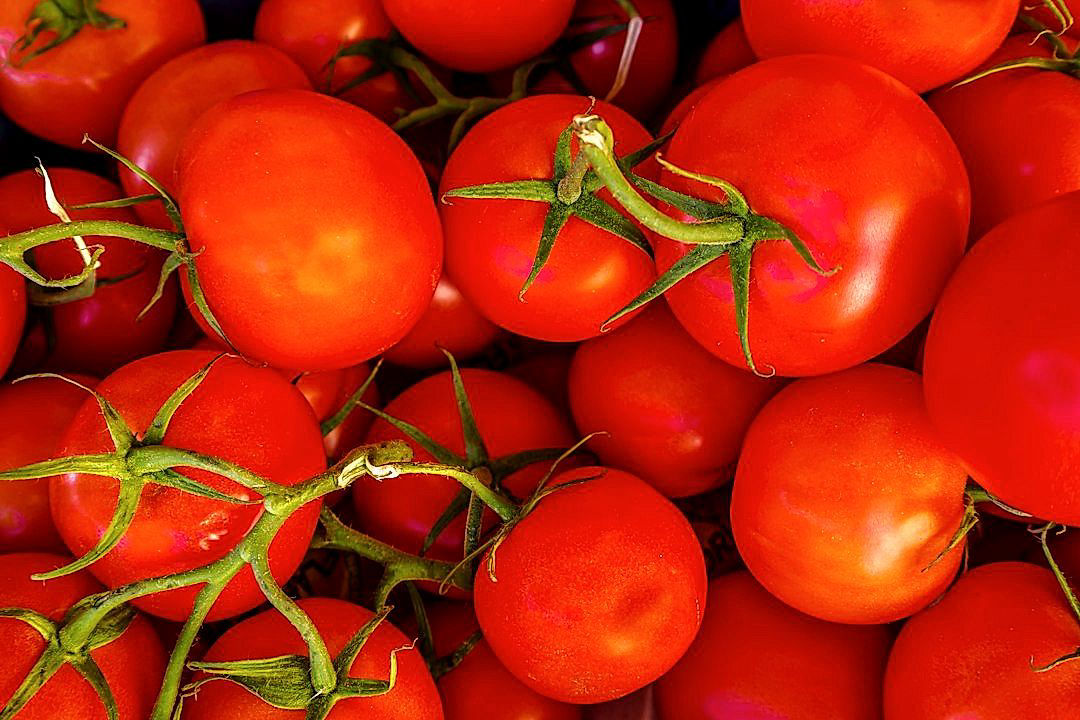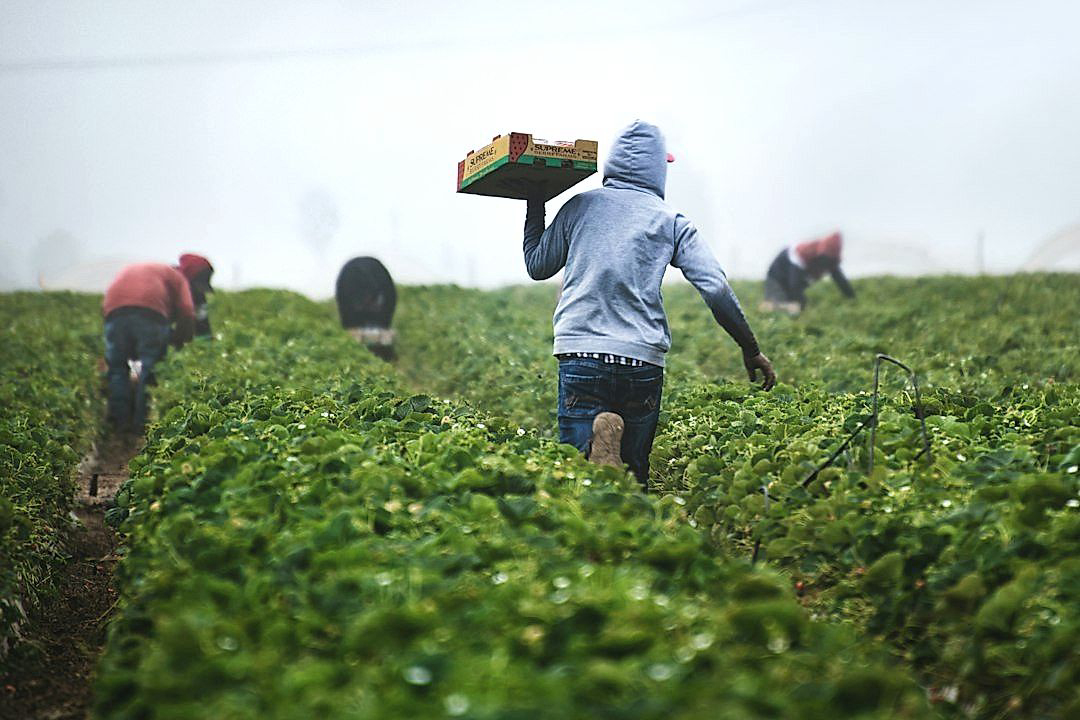In the realm of international trade, the exportation of agricultural produce entails a unique set of challenges.
These obstacles, ranging from stringent food safety regulations to unpredictable weather patterns, can significantly hinder the process, creating difficulties for exporters.
A clear understanding and strategic navigation of these hurdles are crucial for ensuring profitability and market expansion.
In this article, we will delve into these pressing challenges, with a particular focus on tangible solutions.
By arming yourself with this knowledge, the daunting maze of exportation becomes less perplexing.
Let’s unpack these complexities and explore the strategies to overcome them.
Contents
Major Export Hurdles For Produce And How To Overcome Them
1. Strict Quarantine Laws: Establish pest-free growing regions.
Ensuring produce exports meet stringent quarantine laws can pose a significant challenge for many businesses.
These laws are designed to prevent the spread of non-native pests and diseases, protecting the health of local agriculture and ecosystems.
Therefore, it is necessary for those in the export business to keep abreast of the latest quarantine laws.
An effective solution lies in the establishment of pest-free growing regions to circumvent any quarantine law complications.
Regions that are verified as pest-free can provide an overarching quality assurance that resonates with foreign import laws.
These regions require rigid regulatory agricultural practices to conclusively establish that they are indeed free from harmful pests.
Creating pest-free growing regions is not just preferential, it is imperative for the sustainable success of exporting businesses.
It provides an efficient way to consistently deliver produce that is compliant with international quarantine standards, without the need for businesses to struggle with complex quarantine laws.
However, establishing these regions requires careful planning and strategic coordination between businesses and agricultural regulatory bodies.
It involves precise pest control measures, routine sightings and detailed reporting to maintain pest-free status.
In addition, businesses should invest in ongoing training and education for their workers to understand and adhere to these strict agricultural practices.
They must also be prepared to work with government agencies for private-public partnerships to establish these regions.
While establishing these regions comes with a cost, the potential for increased profitability through the ability to penetrate more international markets is sizable.
Finally, beyond financial gains, pest-free growing regions also have the advantage of improving the country’s agricultural reputation on a global scale.
Through these strict laws and challenging processes, we pave the way for a more sustainable agricultural industry, one that faster recognises and negates threats to our ecosystems.
By understanding and adapting to these quarantine laws, agricultural firms can thrive in the global export industry and build a more sustainable business model.
2. Unpredictable Exchange Rates: Employ financial risk management strategies.
Among the most challenging aspects of international trade is the unpredictability of exchange rates.
The fluctuating nature of currency values can make long-term budgeting particularly difficult for exporters of produce.
As a direct result, profitability can be significantly impacted as prices may rise or fall in accordance with the overall exchange rate.
An efficient way to curb these potential effects is through the implementation of comprehensive financial risk management strategies.
These are essentially plans created with the primary aim of minimizing potential losses sparked by fluctuations in exchange rates.
They require thorough analysis and understanding of both the current currency market and future projections.
For instance, a company can employ the use of forward contracts which are agreements made to exchange currency in the future at a predetermined rate.
Importantly, this gives businesses an element of control over financial risk and facilitates long-term planning without the worry of devastating exchange rate fluctuations.
A similar strategy that can be employed is the use of options.
Unlike forward contracts, options allow the holder to choose to use the agreed rate or not, offering a further degree of flexibility and security in the face of volatile exchange rates.
To create and implement these strategies, it is essential to have access to expert knowledge and advice.
This could involve employing a financial risk management consultant or investing in staff training to build in-house expertise.
It is also crucial for businesses to stay informed about global economic conditions and other factors which may impact exchange rates.
Whilst managing the risks associated with exchange rates is demanding, it is a necessity for the success of exporting produce businesses.
This strategic management of financial risks could ensure profitability and success in this challenging industry, enhancing business continuity and encouraging growth.
Overall, although the unpredictability of exchange rates is a significant hurdle, using appropriate financial risk management strategies can assist in overcoming this barrier.
3. Regional Trade Agreements: Regularly update knowledge of trade policies.
Delving into the complexities of Regional Trade Agreements (RTAs) is vital given the crucial role these play in international produce export.
These multilateral agreements present both significant opportunities and challenges for exporters.
The dynamics of RTAs are constantly fluctuating, compelled by geopolitical developments and shifts in the domestic policies of member countries.
Understanding the subtleties of Regional Trade Agreements calls for a continuous updating of knowledge pertaining to trade policies.
Staying abreast of these changes is not only beneficial, but necessary for smooth and effective transactions.
Prior knowledge can aid in avoiding potential pitfalls and leveraging the benefits these agreements tend to offer.
In the same vein, it is crucial for exporters to possess an understanding of the dispute resolution mechanisms within these agreements.
One of the major advantages of RTAs is the reduction or elimination of tariff barriers, which can significantly enhance export competitiveness.
However, non-tariff barriers, such as standards or regulations, often persist and can create stumbling blocks for exporters.
An awareness of these potential hurdles is, therefore, key to navigating the intricate landscape of RTAs.
Furthermore, the process of regional economic integration seen in these agreements can have varying effects on different sectors.
For instance, an agreement that promotes the free trade of goods might prove beneficial for some products, but could spell disaster for others due to increased competition.
With these varying dynamics in place, getting professional assistance in the form of legal counsel or trade specialists may prove invaluable for companies looking to expand their exports through RTAs.
In fact, regularly consulting with such experts could be integral to not only understanding but effectively navigating through RTAs.
In conclusion, regularly updating knowledge of trade policies involved in Regional Tarde Agreements is an absolute must for produce exporters wanting to overcome the hurdles caused by these agreements.
The Bottom Line
Despite the challenges that modern agriculture faces, it is possible, through diligent effort and strategic planning, to turn these obstacles into opportunities.
By implementing strict quarantine laws, farming ventures can work towards establishing pest-free growing zones and thus dramatically improve crop yields.
Through intelligent employment of risk management strategies, agriculture can weather fluctuations in exchange rates and ensure both stability and profitability.
Similarly, maintaining current knowledge of regional trade agreements allow for adaptive and advantageous market action.
With careful maneuvering, the industry can not only survive but thrive amid today’s global uncertainty and volatility.
It is through these means that modern agriculture can continue to provide for society while ensuring sustainable growth.




